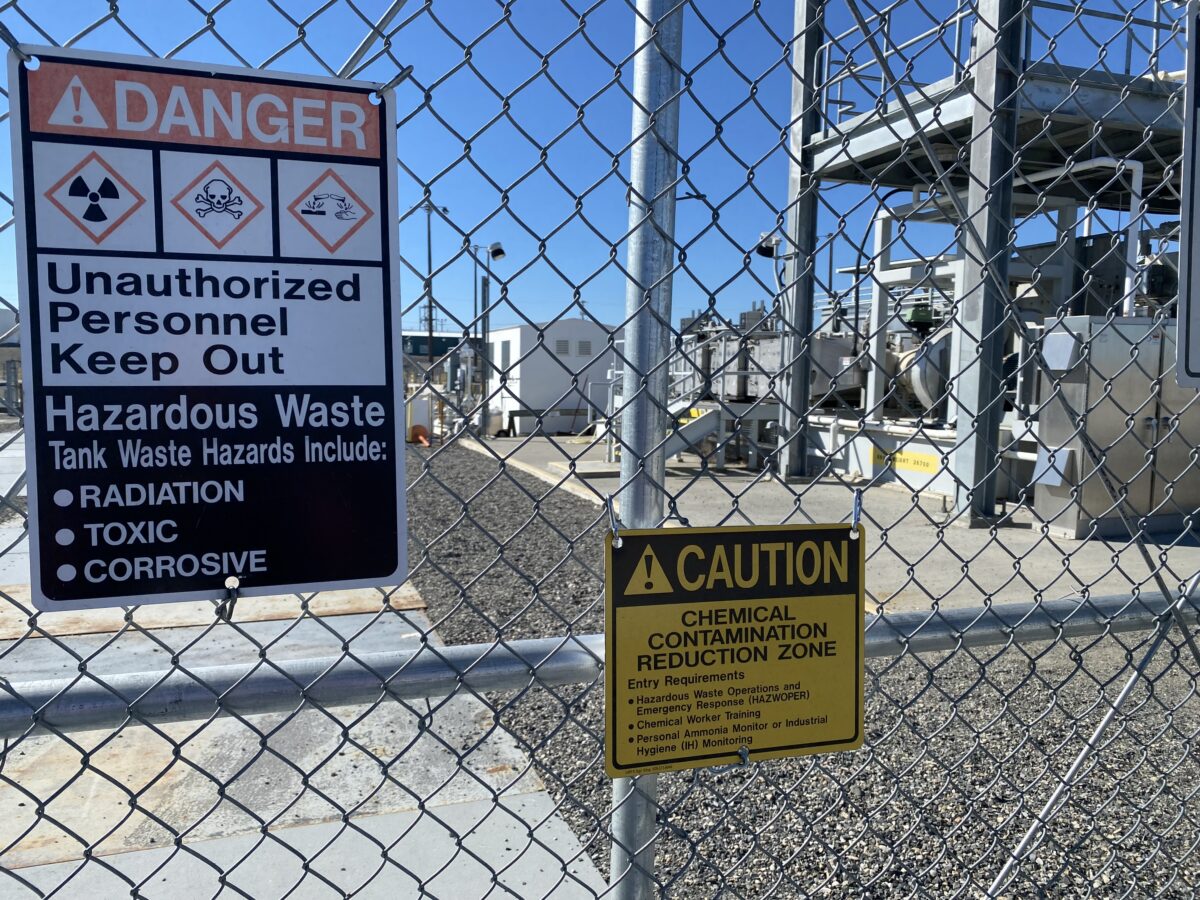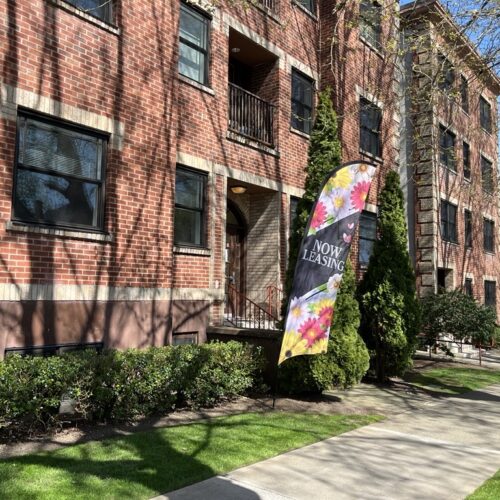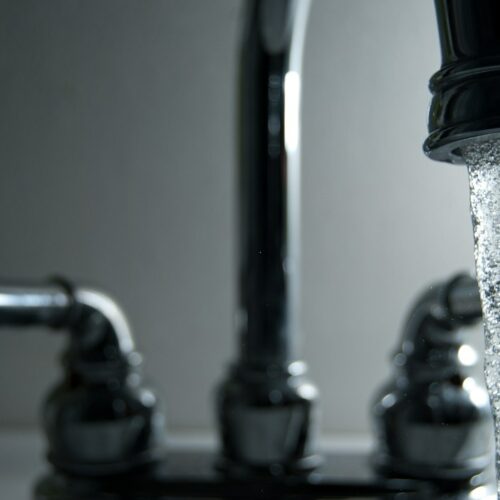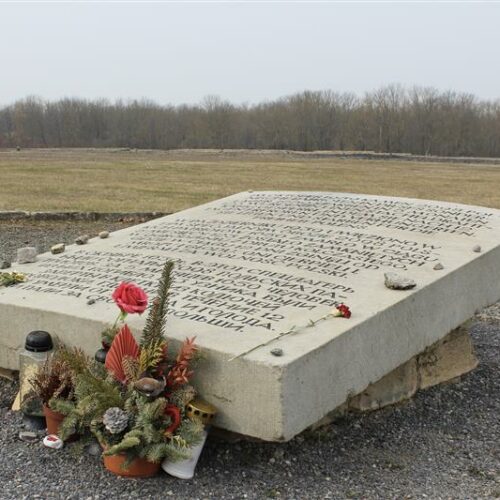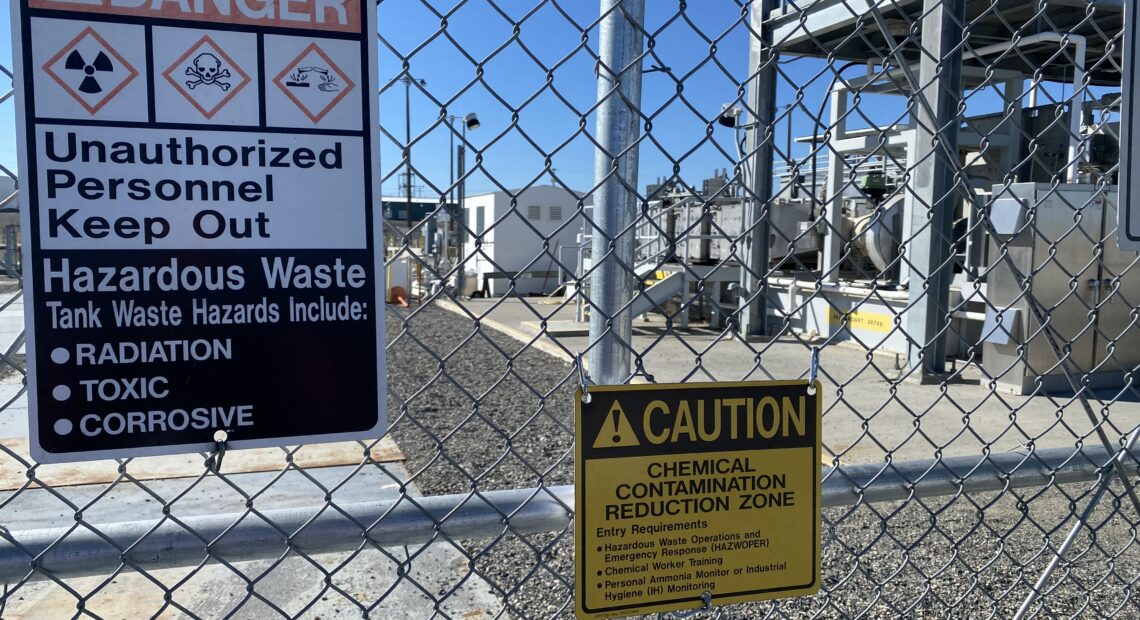
Project 2025 and Hanford: What Trump’s second term could mean for WA’s toxic sludge
Listen
(Runtime 4:02)
Read
By Anna King and Jeanie Lindsay
Traffic crowds Highway 240 nearly every morning outside the Hanford Site’s sprawling, sage-studded industrial complex. This site churned out plutonium for nuclear weapons during WWII and the Cold War. Now, it generates power and houses scientific research, but it’s best known as a vast cleanup site for radioactive waste.
Some of that liquid waste is leaking out of aging tanks. Even more was dumped into the ground decades ago, contaminating the land. Cleanup has been slow and could take generations to get done.
Hanford is one of the thorniest environmental problems in Washington state, and one of the nation’s largest Superfund sites. It’s a political hot potato that’s been passed among presidential administrations.
Donald Trump took office for a second time Monday, and his team may already have its sights on Hanford. A more than 900-page document known as Project 2025, seen as a conservative policy roadmap for the new president, mentions Washington state by name exactly once – when it starts talking about Hanford on page 395.
Project 2025 recommends a more aggressive cleanup, aiming to finish the entire Hanford Site by 2060. That’s decades sooner than current plans.
People like Nikolas Peterson, who closely track this slow-moving environmental disaster, say Project 2025’s ambitions for the site are unrealistic.
“Project 2025 really just represents a huge distraction to the legitimate cleanup going on at Hanford,” Peterson said.
Work at the site is complex — politically, scientifically, and legally. Making changes at Hanford has always been difficult. And there are some big changes proposed in Project 2025, like choosing cheaper and faster methods for stabilizing some of the waste.
One proposal would turn more of the radioactive material into blocks of grout – a specially formulated cement-like mixture – instead of what officials are currently working to do: bind the radioactive material up with glass. Grouting more of the waste could be quicker and less costly, but environmental watchdogs worry it might not be as stable for as long in the environment as glass – which they say is especially concerning with the Columbia River flowing nearby, along the edge of the site.

The White Bluffs geologic formation in the distance from the Columbia River near the Hanford site.
(Credit: Anna King / NWPB)
Finding somewhere to put the waste is another hurdle. Project 2025 suggests that a long-defunct nuclear storage site, Nevada’s Yucca Mountain, could be an option. Trump’s pick to become the country’s next energy secretary hasn’t ruled it out. But local officials there fiercely oppose such a move.
Those near Hanford who want a faster cleanup don’t see many options either.
“We don’t want to just send this [waste] somewhere where it’s going to contaminate somebody else’s land or area or territories,” said Brian Saluskin, a tribal council member for the Yakama Nation, whose ancestors lived on and owned the land that Hanford now occupies.
The cleanup already costs lots of money – $2 billion to $3 billion every year. In order to speed things up, Project 2025 does call for more federal funding.
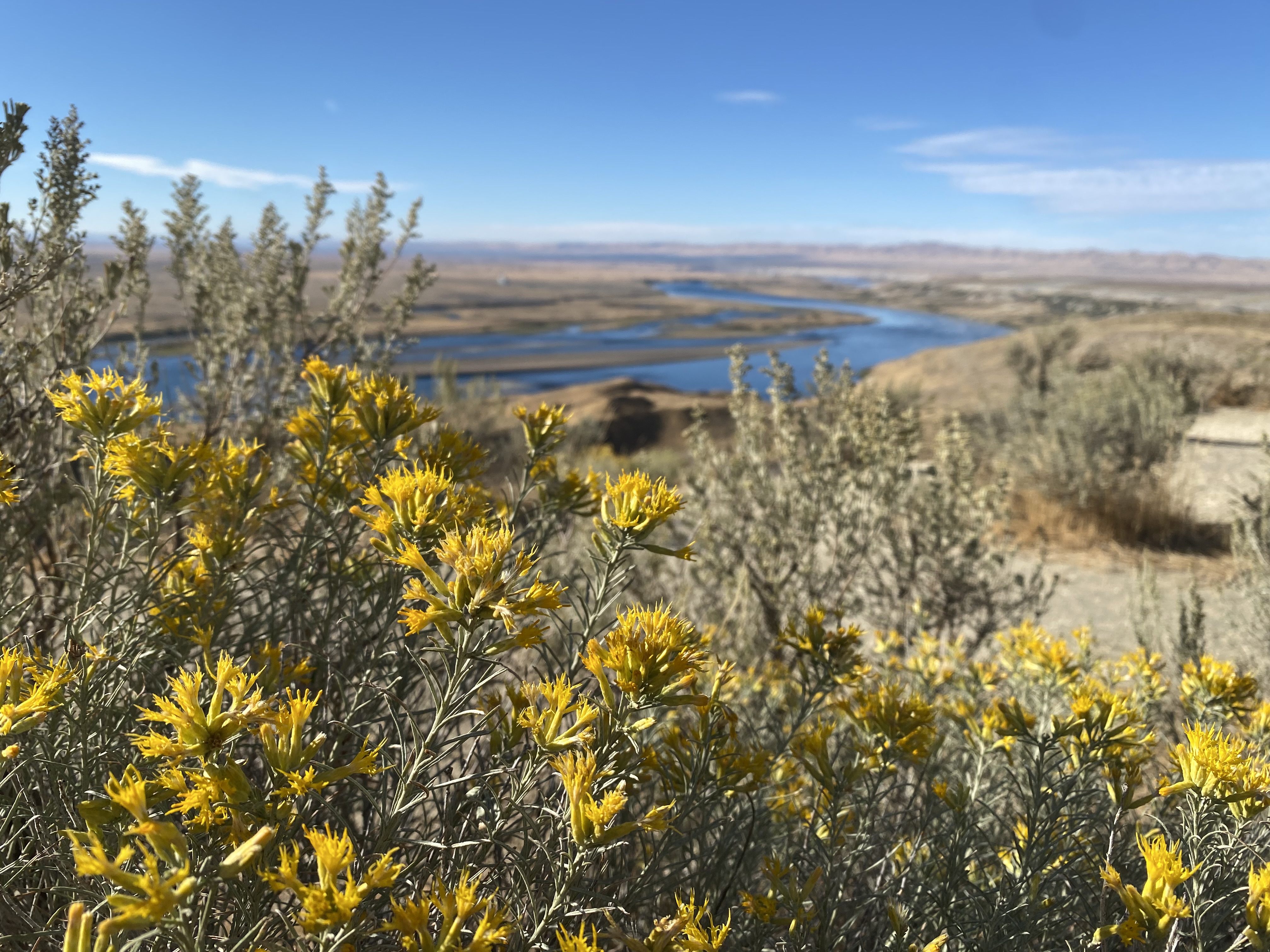
Rabbitbrush blooms in September 2024 across the Columbia River from the Hanford site.
(Credit: Anna King / NWPB)
Despite the plans laid out in Project 2025, Trump has distanced himself from the document. It’s possible that Trump might even go in the opposite direction and cut funds instead. He proposed cuts to the site last time he was in office.
“The very first battle I had with the Trump administration previously was that they proposed hundreds of millions of dollars in cuts to Hanford’s cleanup budget,” said Washington Sen. Patty Murray, a Democrat who’s served the state in D.C. for more than 30 years.
Presidents often eyeball Hanford for savings, Murray said.
“Every new administration comes in and sees Hanford and says, ‘Oh, here’s a place I can save money, speed up, do all this stuff’ without understanding it,” Murray said.
Murray sees an even greater threat now that Republicans control Congress and the White House, especially since cutting spending has been a hallmark refrain of Trump’s return.
Hanford experts say cutting cleanup funding is the worst-case scenario.
Washington state’s Ecology Department, which co-manages Hanford cleanup with two federal agencies, wouldn’t weigh in on the new administration’s possible plans. The federal Environmental Protection Agency and the energy department, the other two agencies overseeing Hanford, rejected requests for comment too.
The three agencies recently struck a new deal on how to retrieve and clean up radioactive tank waste at Hanford until at least 2040. However, another proposal included in Project 2025 suggests the new administration should revisit the cleanup’s “regulatory framework.”
“Hanford poses significant political and legal challenges with the State of Washington,” the document reads. “[The Department of Energy] will have to work with Congress to make progress in accelerating cleanup at that site.”
The Trump administration did not respond to a request for clarification on how it might actually approach Hanford.
Regardless, Sen. Murray’s message for the incoming Trump administration is simple.
“Don’t mess with Hanford,” she said.

